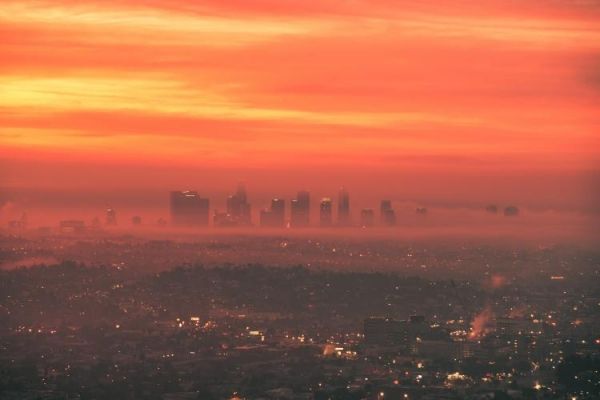As coronavirus cases popped up across California in March 2020, the previously impossible happened in Los Angeles County: The region’s normally bumper-to-bumper traffic slowed by roughly 24%. Lucky drivers were now, suddenly, able to make it from Burbank to Santa Monica at rush hour on the 101 and 405 in less than 50 minutes.
A team of scientists led by CU Boulder are using the once-in-a-lifetime event to answer an unusual question: How much do vehicles in a city like Los Angeles add to the ammonia emissions that can hang in the air and sicken residents?
The group’s findings, published Nov. 23 in the journal Environmental Science & Technology Letters, may spell bad news for a region that loves its cars. Ammonia is a common pollutant that can react to form small particles in the air that are a major cause of respiratory and cardiovascular disease, especially in densely populated areas. The researchers show that city vehicles may spew a lot more of these molecules than state and federal agencies have believed.
Continue reading at University of Colorado at Boulder
Image via University of Colorado at Boulder


